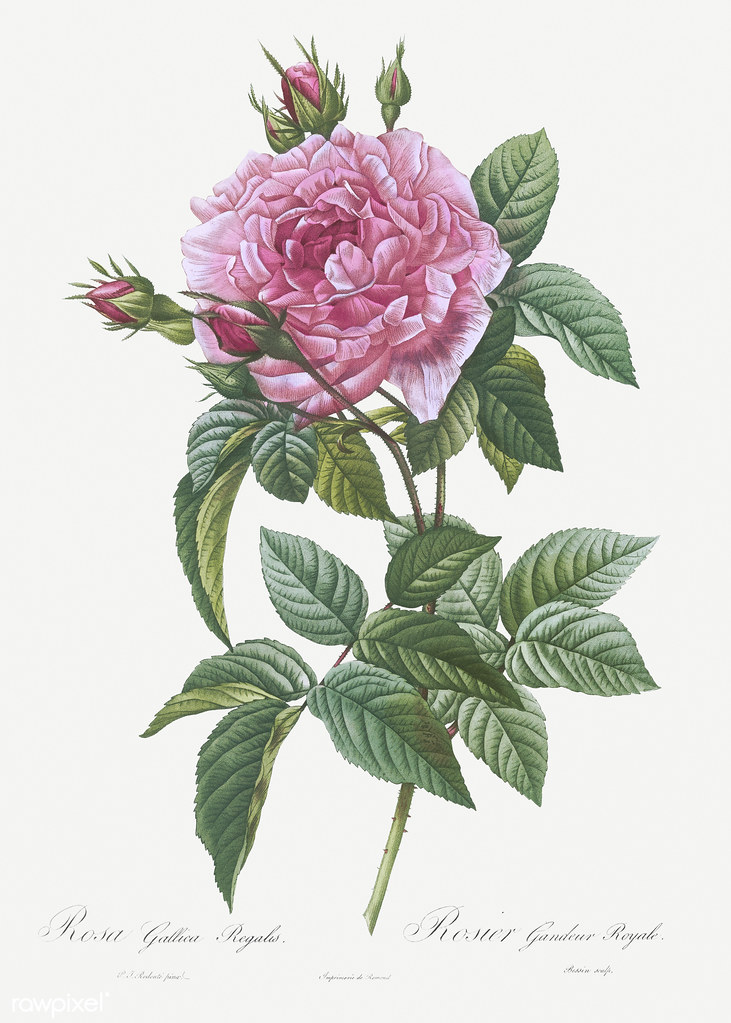As we wander through the concrete jungles of our cities, it’s easy to forget that the natural world is still teeming with beauty and wonder. From the lush rainforests of South America to the windswept deserts of Africa, the earth is home to an incredible array of gardens, each with its own unique character and charm. In this article, we’ll take a closer look at some of the most exquisite gardens on the planet, exploring their history, their flora and fauna, and the secrets that make them such blooming wonders. So sit back, relax, and prepare to be transported to a world of natural splendor.
1. Exploring the World’s Most Stunning Gardens: A Journey Through Nature’s Masterpieces
Embark on a journey through some of the world’s most breathtaking gardens and immerse yourself in the beauty of nature’s masterpieces. From the tranquil Japanese gardens to the vibrant English gardens, each one offers a unique experience that will leave you in awe.
- Japanese Gardens: These gardens are known for their serene and peaceful atmosphere. They typically feature water elements, such as ponds and streams, and are designed to reflect the natural landscape. Some of the most famous Japanese gardens include Kenrokuen Garden in Japan and the Portland Japanese Garden in Oregon.
- English Gardens: These gardens are known for their colorful and vibrant displays of flowers and plants. They often feature manicured lawns, fountains, and statues. Some of the most famous English gardens include Kew Gardens in London and the Butchart Gardens in British Columbia.
Whether you’re a nature lover or simply looking for a peaceful escape, exploring these stunning gardens is an experience not to be missed. So pack your bags and get ready to be inspired by the beauty of nature.
2. From the Tropics to the Arctic: Discovering the Diversity of Earth’s Blooming Wonders
Flowers are one of the most beautiful and diverse creations of nature. They come in different shapes, sizes, and colors, and can be found in almost every corner of the world. From the lush tropical rainforests to the frozen tundras of the Arctic, flowers have adapted to thrive in various environments, making them a fascinating subject of study for botanists and nature enthusiasts alike.
One of the most diverse regions for flowering plants is the tropics. The warm and humid climate of the equatorial regions provides the perfect conditions for a wide variety of flowers to bloom. Orchids, hibiscus, and frangipani are just a few examples of the stunning flowers that can be found in the tropics. These flowers have evolved unique adaptations to attract pollinators such as bees, butterflies, and hummingbirds, making them not only beautiful but also crucial for the survival of many species.
- Orchids: With over 25,000 species, orchids are one of the largest families of flowering plants. They come in a range of colors and shapes and have evolved to attract specific pollinators such as moths and bees.
- Hibiscus: These vibrant flowers are a common sight in tropical gardens and are known for their large, showy blooms. They are often used in traditional medicine and are also a popular ingredient in herbal teas.
- Frangipani: Also known as plumeria, these fragrant flowers are native to the Caribbean and Central America. They are often used in traditional Hawaiian leis and are a popular choice for tropical gardens.
On the other end of the spectrum, the Arctic is home to a unique set of flowering plants that have adapted to survive in extreme conditions. These plants have to contend with freezing temperatures, strong winds, and a short growing season, making their survival a remarkable feat. Arctic poppies, saxifrages, and moss campion are just a few examples of the hardy flowers that can be found in the Arctic. These flowers have evolved to grow low to the ground to avoid the harsh winds and to have small, compact blooms that can withstand the cold temperatures.
- Arctic poppies: These delicate flowers are a common sight in the Arctic tundra and are known for their bright yellow blooms. They are one of the few flowers that can survive in the extreme conditions of the Arctic and are often used as a symbol of resilience.
- Saxifrages: These low-growing plants have adapted to grow in rocky crevices and have small, star-shaped flowers that come in a range of colors. They are an important source of food for Arctic animals such as reindeer and muskoxen.
- Moss campion: This hardy plant is found throughout the Arctic and has small, pink flowers that grow in tight clusters. It is often used as a ground cover in rock gardens and is a popular choice for alpine gardens.
3. Uncovering the Secrets of Earth’s Exquisite Gardens: A Fascinating Look at Nature’s Beauty
Nature is a wonder that never ceases to amaze us. Earth’s gardens are a prime example of this. These gardens are not man-made; they are a natural marvel that has been around for millions of years. In this section, we will delve into the secrets of these exquisite gardens and explore the beauty that nature has to offer.
One of the most fascinating aspects of these gardens is the diversity of plant life. From the towering trees of the Amazon rainforest to the delicate flowers of the Japanese cherry blossom, each garden has a unique collection of flora that is specific to its location. The colors, shapes, and sizes of these plants are a testament to the creativity of nature. Additionally, these gardens are home to a variety of animals, from the tiniest insects to the largest mammals. The interdependence between these creatures and their environment is a delicate balance that has been perfected over millions of years. It is truly a sight to behold.
In conclusion, Earth’s gardens are a testament to the beauty and creativity of nature. They are a reminder of the importance of preserving our planet and the delicate ecosystems that exist within it. Whether you are a nature enthusiast or simply appreciate the beauty of the world around you, these gardens are sure to leave you in awe. So take a moment to appreciate the wonders of nature and explore the secrets of Earth’s exquisite gardens. As we come to the end of our journey through Earth’s exquisite gardens, we are left in awe of the beauty and diversity that nature has to offer. From the vibrant colors of the tulip fields in the Netherlands to the ancient terraced gardens of China, each garden tells a unique story of culture, history, and the natural world. As we continue to explore and uncover these blooming wonders, let us remember to cherish and protect them for generations to come. For in these gardens, we find not only beauty but also a deeper connection to the earth and to each other.






























